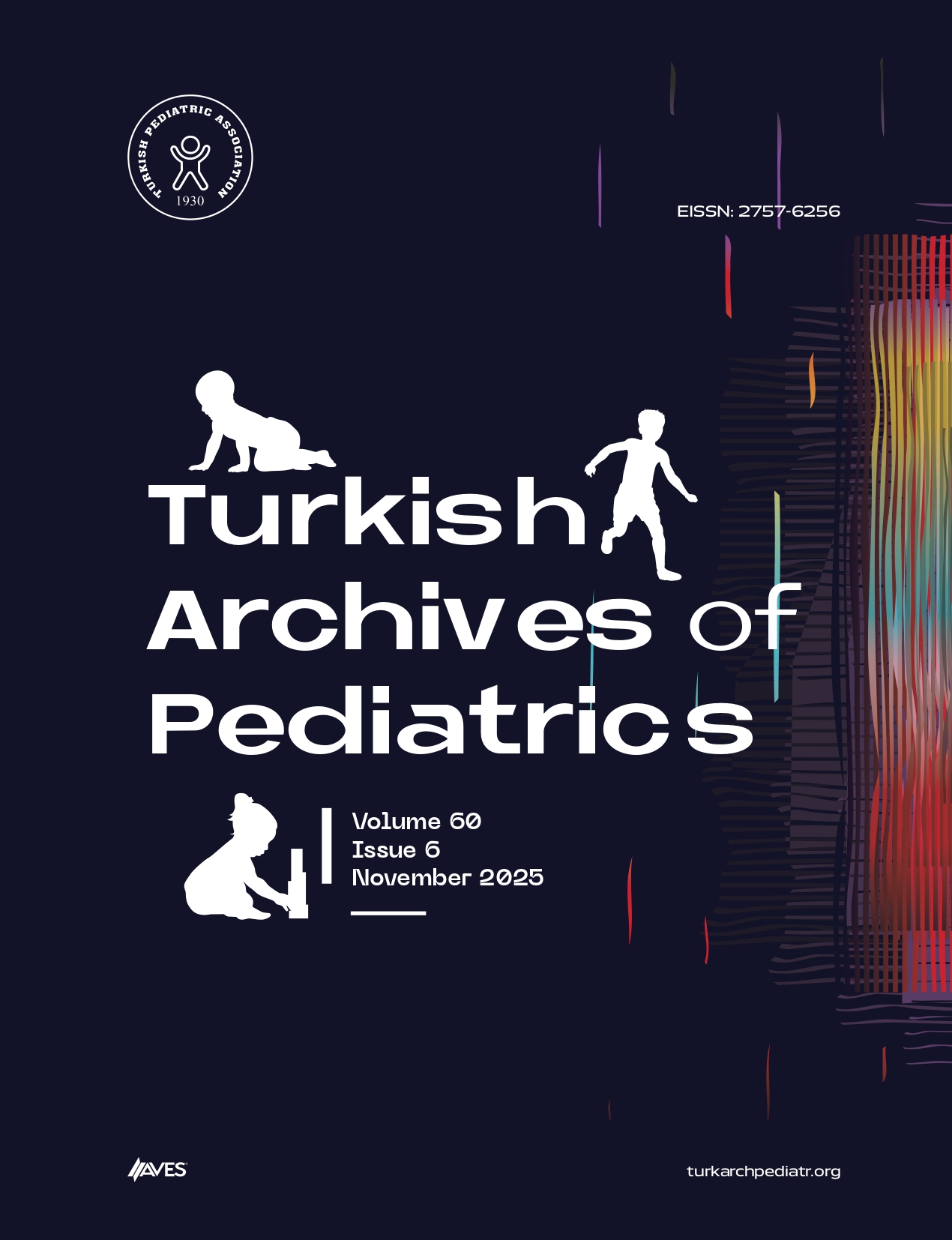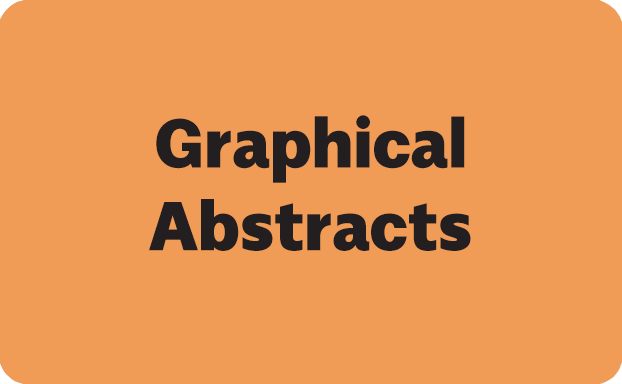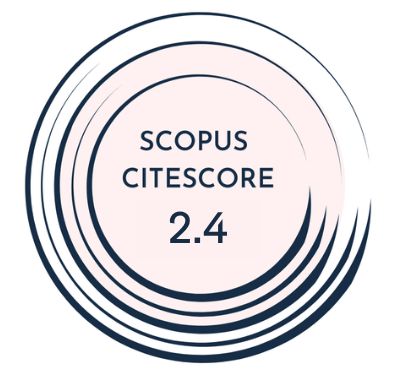Objective: Growth hormone neurosecretory dysfunction (GH-NSD) is a rare cause of short stature. Diagnosis is established by evaluating nocturnal growth hormone secretion in patients with normal growth hormone stimulation tests. The aim of this study was to evaluate the first- and second-year treatment responses and final height in patients diagnosed with GH-NSD and treated with recombinant human growth hormone (rhGH).
Materials and Methods: This retrospective study examined 500 patients treated with rhGH for short stature at a pediatric endocrinology clinic at Akdeniz University. Among them, 18 patients diagnosed with GH-NSD were included in the study. At the time of treatment initiation, parameters such as insulin-like growth factor 1 (IGF-1), growth hormone (GH) stimulation test results, mean GH level during sleep, height standard deviation score (SDS), mid-parental height (MPH), and predicted adult height (PAH) were assessed. Treatment responses during the first and second years, as well as final height data, were analyzed.
Results: GH therapy improved height velocity (HV) and overall height. The mean baseline height SDS of the patients was −3.13 ± 0.36. In the first year, Δheight SDS was 0.72 ± 0.44, and in the second year, Δheight SDS was 1.00 ± 0.70. Patients who reached their final height had a mean height SDS of −1.72 ± 0.83 and Δheight SDS of 1.46 ± 0.62. A correlation was found between the baseline height SDS, PAH SDS, MPH SDS, and first-year HV.
Conclusion: Patients with GH-NSD treated with rhGH respond well to treatment, achieving
genetic height potential.
Cite this article as: Çetiner EB, Donbaloğlu Z, Singin B, et al. Growth hormone therapy in neurosecretory dysfunction. Turk Arch Pediatr. 2025;60(3):294-300.



.png)

